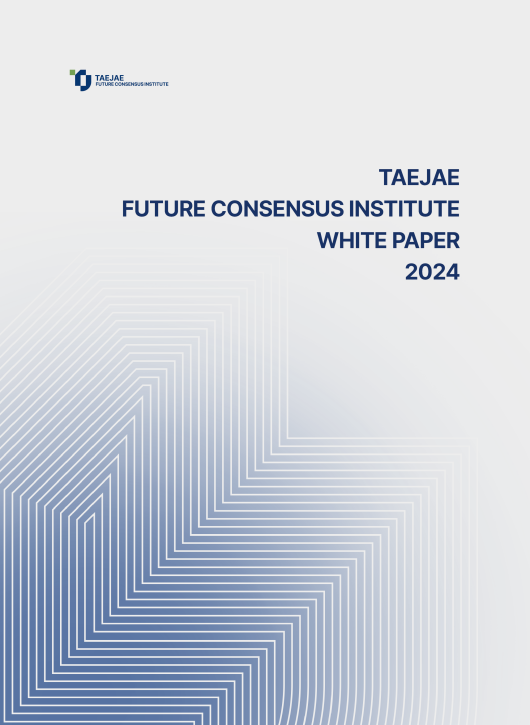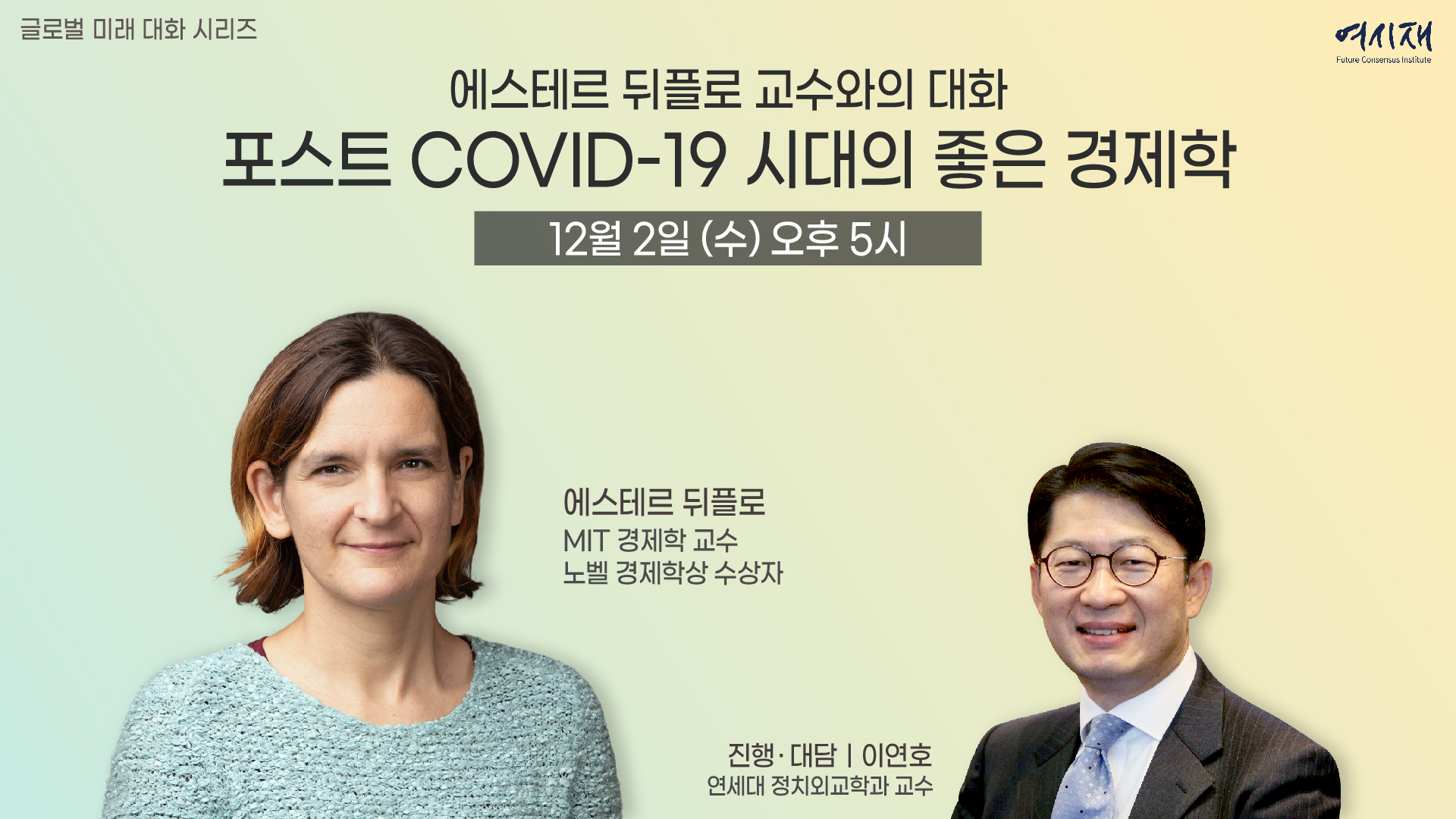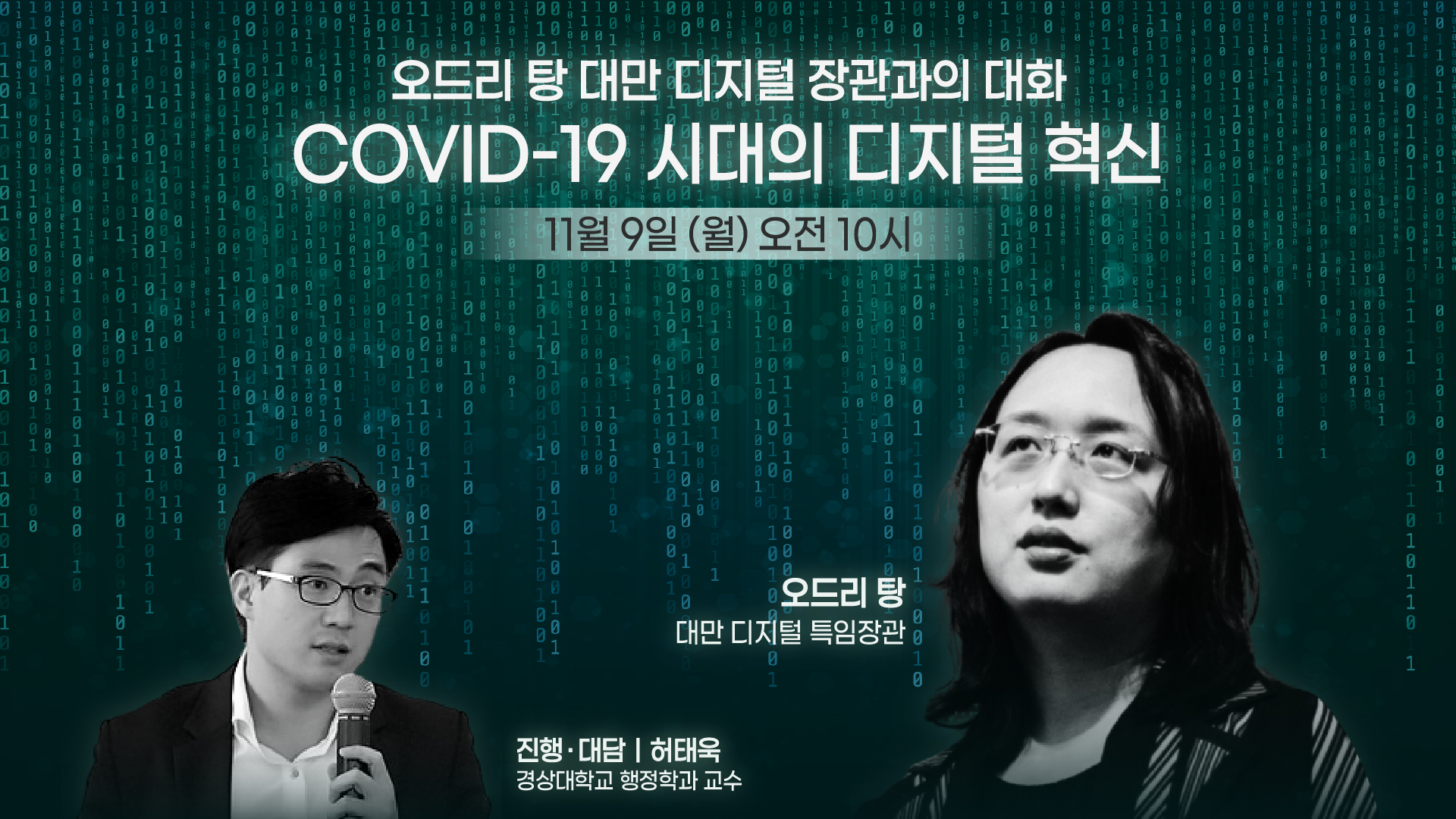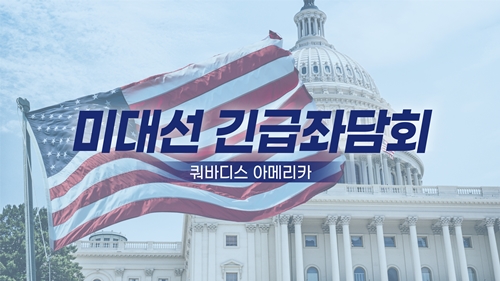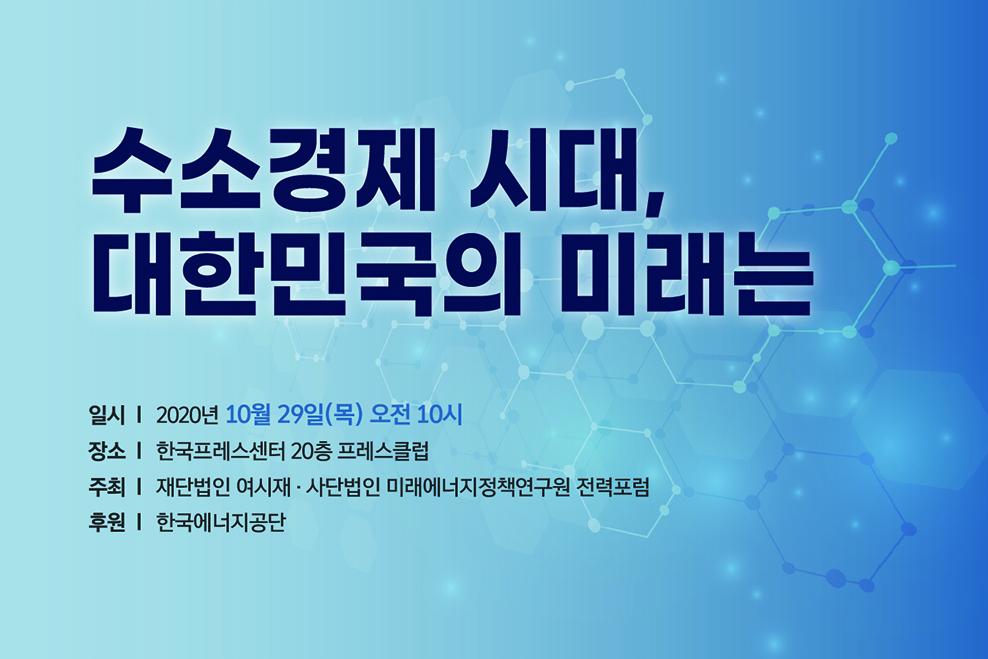Please join Yeosijae as we build a brighter future for Korea. Create your account to participate various events organized by Yeosijae.
- Insights
- |
- Future Industries
[Interview / James McGann (Professor of University of Pennsylvania)] What Should Think Tanks Do?
“Get better results by making active use of digital technologies”
“Let go of elitism and find more common ground with everyday people”
“It’s important to have leadership that understands both management and new technology such as AI”
It it said that we are living in the ‘VUCA’ era.
VUCA is an abbreviation for Volatility, Uncertainty, Complexity and Ambiguity. In short, we live in unpredictable times. It is as if we are walking through a thick fog, and it would be great if we had a crystal ball that gave us the ability to take a clear look into the murky future. Perhaps it is the think tanks of our era that can serve as this crystal ball to help individuals, businesses and nations make better decisions.
In an endless sea of information, there is a growing need for someone to put forward a blueprint for the future based on expertise and scientific analysis. It is also becoming more important to include not only policymakers, the traditional partners of think tanks, but also ordinary citizens. This arises because the voice of the educated public is also growing in importance as social networks become tighter due to digital technology,
As part of research into the problem of innovation among Korean think tanks, the Future Consensus Institute interviewed American Professor James McGann from the University of Pennsylvania, an authority on recent research into think tanks. Professor McGann heads the University of Pennsylvania’s Think Tank and Civil Societies Program, and has been in charge of the Global Go To Think Tank Index Report for more than 15 years.
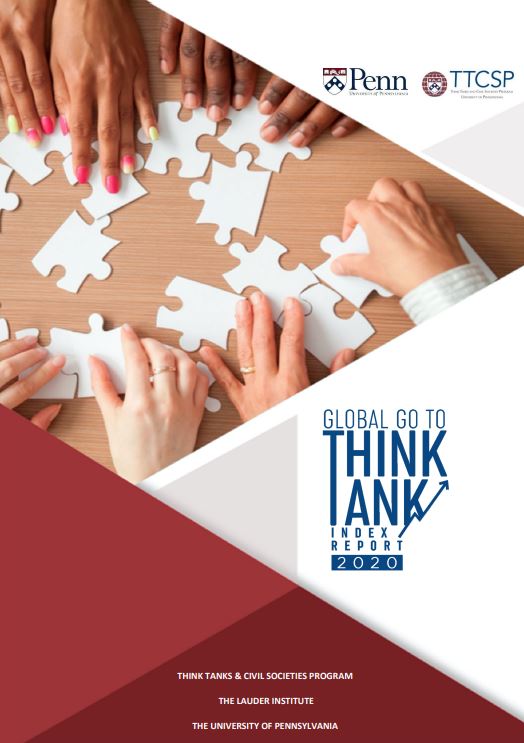
Q. We witnessed the severe political divisions in US society with the violence on Capital Hill in America earlier this year, and the situation in Korea is not that different. With this political landscape, it’s not easy for think tanks to set an agenda while maintaining a sense of balance.
A. This is an issue that think tanks have struggled with for a long time. It’s just that it’s far more serious now. Technology, social media and networking, and information overload and the market of ideas have all contributed to political polarization in some respects. Think tanks face the challenged of having to overcome this noise. But this is also an opportunity to become the voice of reason, evidence and expertise. Think tanks have to be able to use technology to share their research while effectively involving key audiences and stakeholders at the same time. The current situation is a double-edged sword for think tanks.
My main message for think tanks is to become part of the solution rather than part of the problem.
Q. You mentioned embracing key audiences, but who do you think the key audiences are for think tanks these days?
A. Historically, the major and primary audience for think tanks has been policymakers, followed by the media. But when it comes to establishing public policies, it’s no longer just about policymakers and the traditional media. The influence of everyday people is gradually increasing over time. Of course, it is difficult for think tanks to target everyone in the general public. That’s why think tanks need strategic communication that selectively targets certain groups. Companies like Amazon use technology to provide recommendation services such as “If you’ve read X, we think you will enjoy Y.” Think tanks could try a similar strategic approach with the same technology in order to market and communicate their ideas.
Q. Do you think the general public is a more important audience for think tanks these days?
A. It’s not about populism, but in the past, governments had a monopoly on information. But access to information has greatly expanded in the information era, digital era and now the AI era. So the monopoly that governments and policymakers had over information and power is not as strong as it was before. Of course they still retain significant control, but the public can also access and collect data themselves, making it difficult for governments and policymakers to ignore them.
Q. Think tanks have become aware of the importance of change, and are now endeavoring to make use of new technologies. But in the process of implementing new communication strategies, they sometimes run into a backlash from internal staff. For example, staff may express resistance to new ways of working or changes in pace, saying “We’re not working in the media.” Winning over people who are used to the old way of working is not an easy task.
A. I once wrote a column for the Washington Post titled ‘Think Tanks Must Innovate or Die.’ These days it’s not enough for think tanks to just come up with great ideas. Generating ideas is only half or one third of the job. Think tanks have to understand that the markets for providing information and policy advice are very crowded. They have to think about how to penetrate this market so that their ideas reach people and actually get read. Two-thirds of the PDFs released by great institutions go unread or undownloaded. It’s not that they aren’t great studies. The “We’ll research it, write it, and policymakers and others will beat a path to our door.” approach is no longer the case.
Q. Traditional media companies have also experienced difficulties in the digital transition. The New York Times is a leading example of a media group that managed to successfully innovate. Are there any cases of think tanks successfully adapting to the digital transition?
A. There are a lot of examples worldwide, and one of those is the CSIS (Center for Strategic and International Studies) based in Washington. The center changed the way it communicates policy briefings and core policy issues, and has been greatly rewarded in terms of policy adoption. Researchers at Brookings are encouraged and trained to be able to manage the Brookings Facebook and LinkedIn pages. Thanks to this, the proportion of Brookings research adopted as policies has dramatically increased. Others such as D&D in Peru and Ecologic in Germany are also making very efficient use of technology. A lot of think tanks around the world already understand that it’s important to make their research more accessible.
No one says you have to release policy research in the form of reports or books. Brookings used to release one or two books every month, but now they are no longer bound to that. People don’t read books these days. They obtain information of the same quality from sources other than books. All lawmakers have mobile phones, and they are always on the go so it is likely they will consume information via their phones rather than hard copies.
Think tanks need to face the reality of how the world has changed and adjust accordingly. If they fail to do so, their influence in the market will be greatlly diminished.
Q. It makes me think that the competitors of think tanks are no longer other think tanks. Influential YouTubers and bloggers use a variety of platforms to communicate their ideas to people and shape public opinion. How should think tanks respond to this?
A. In the past, the main competitors of think tanks were other think tanks, but nowadays the number of organizations that compete with think tanks on a variety of issues has grown. Some examples are consulting forms, law firms and PR firms. Universities also believe they should play a role in influencing policies. Individuals who are not affiliated with any organization have flexibility and mobility, and they can exercise massive influence if they are smart and able to quickly adapt to technology. And you’re not just competing with think tanks in your own country. Competition is global now. People who put forward ideas and exercise influence are engaged in fierce competition that goes beyond national borders. Technology is a kind of leveler for think tanks. People who are able to use digital platforms to distribute their content have an advantage. There may be some resistance to learning new technologies, but if a 13 year-old kid can make a podcast, any scholar can do the same. Think tanks need to train their staff to make use of digital technology. These days we live in a world where all is takes is a mobile phone for people to produce and distribute information.
Q. Think tanks have traditionally played a bridging role between academia and the general public and helped to connect governments and policy decision-makers with civic society. Given the current political landscape and digital environment, how can think tanks raise awareness among the public?
A. I mentioned this earlier, but in a world filled with static and negative noise, think tanks now have the opportunity to provide a credible, balanced voice on key policy issues. We live in an era of transition, so think tanks have to be clearly conscious of this, pay attention and respond appropriately. Society is becoming polarized as a whole, the media is also divided and organizations tend to take on equivocal positions, so if think tanks are able to put forward reasonable opinions from an appropriate standpoint then they can become part of the solution and play a role in effectively guiding countries forward.
Think tanks have to avoid coming across as part of the ivory tower or elite minorities that are out of touch with everyday people. One of the problems that think tanks have now is that they are clustered in capital cities and so is most of their work. In Korea, most think tanks are based in Seoul. The number of think tanks in Sejong City is growing as government functions migrate there, but the city can hardly be called an area that is outside the country’s center. It’s the same in the US, where think tanks are clustered in the Washington beltway. In India, 95% of think tanks are in Delhi, and 90% of Brazil’s think tanks are in Rio and Sao Paulo.
The fact that think tanks are concentrated in a small part of the country makes them come off as elite organizations that are disconnected from the public. My advice is to develop programs that allow facilitate connecting with people outside capital areas. Think tanks were unable to understand Trump’s victory after the 2016 US election. They had failed to include or even see vast swathes of the American population.
The Heritage Foundation already became aware of this many years ago. They realized they had a lack of members in local newspapers across the US and that staff lacked the capacity to produce content, so they trained their researchers to submit opinions to local newspapers. It was high quality content and well-written, so people read it. Heritage was able to exercise significant influence in major regions that other elite progressive think tanks had been unable to reach. Think tanks need to come up with ways to target audiences outside the capital region.
Q. What are the elements that make up leading think tanks?
A. After writing benchmark indices to evaluate think tanks over a long period of time, I’ve seen that it mostly depends on the organization’s leadership and culture. Leaders ultimately define their organizations. After interviewing 120 people about the most crucial factor that determines the success or failure of a think tank, the conclusion I came to was leadership. It’s not just the CEO, but the board of directors as well. What matters is the degree to which leaders can innovate in core areas where the think tank has to grow, and whether they are able to obtain the people, resources and funding they need. Edwin Feulner, the founder of the Heritage Foundation, is an innovator and a genius. Andreas Kraemer, the founder of modern-day Germany think tank Ecologic, and Paolo Magri, the founder of Italy’s ISPI, also managed to resolve the challenges think tanks are facing and transform their organizations to be able to provide constructive and productive advice to governments.
Q. China has been investing heavily into thank tanks, and a large number of them have popped up. What do you think of their impact?
A. Chinese President Xi Jinping wants Chinese think tanks to compete with top Western think tanks such as Brookings, Chatham House and the Carnegie Foundation. He has also stressed that think tanks are the main drivers behind modernization and reforms in China. The number of think tanks has grown, however, quantity does not mean quality. China’s think tanks have so far been unable to achieve much in terms of modernization and reforms. They are derivative, meaning they have very few original and innovative ideas. They’re not transparent. If you look at their websites, you can’t even see who is researching what. China has invested a lot of money into these think tanks, so they are growing in numerical terms, but most of them are on a low level. It’s like pouring old wine into new bottles.
Chinese think tanks are also failing to form meaningful partnerships with other organizations in other countries, and research that fails to meet international standards in social science research isn’t credible. China’s think tanks are becoming the new Great Wall of China.
< Copyright holder © TAEJAE FUTURE CONSENSUS INSTITUTE, Not available for redistribution >

